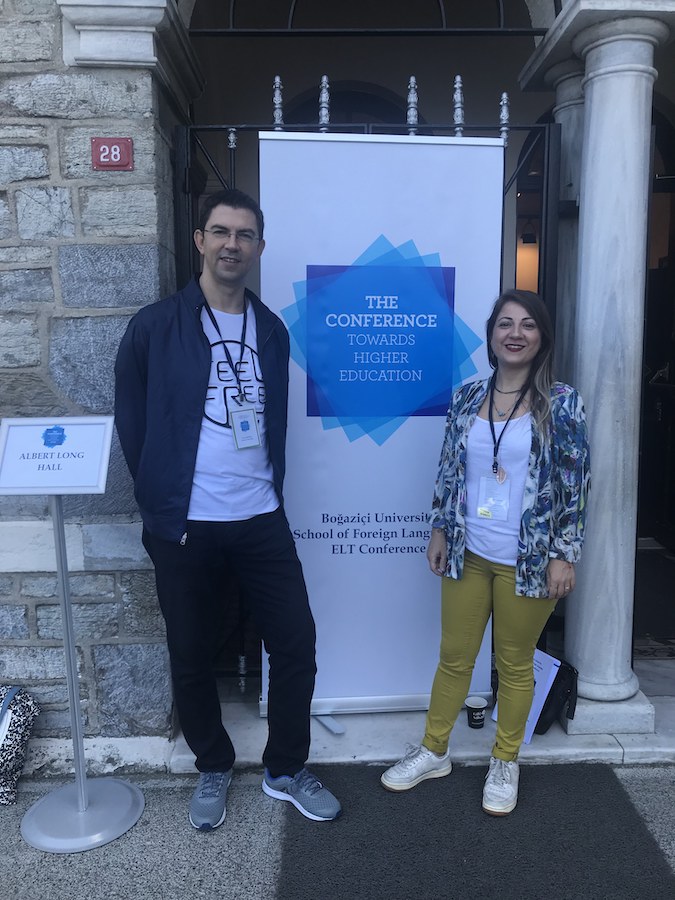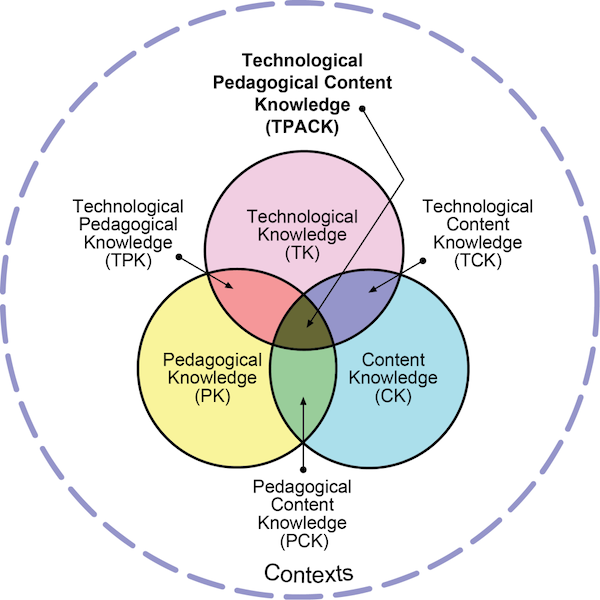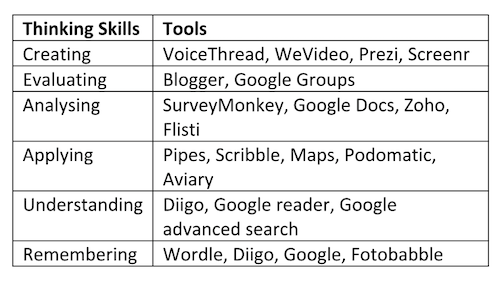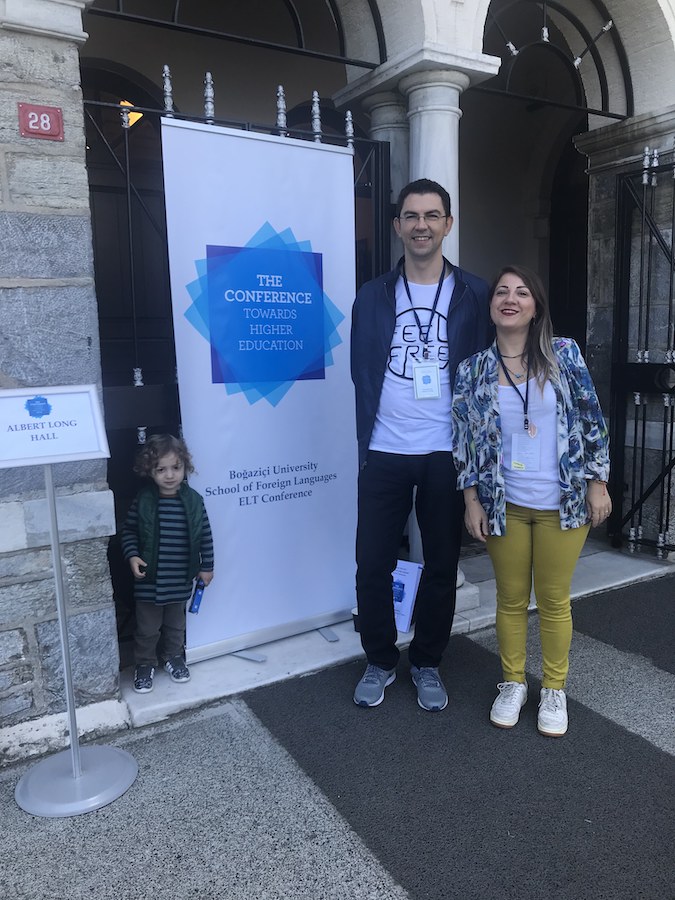
BOĞAZİÇİ UNIVERSITY SCHOOL OF FOREIGN LANGUAGES 2nd ELT CONFERENCE
THE Conference 2019 Towards Higher Education
Teaching For a Better World in the 21st Century, 27-28 September 2019 by ilkem Kayican Dipcin & Okan Bölükbaş
Review by İlkem Kayıcan Dipcin
The plenary talk by Prof. Dr. Volker Hegelheimer from Iowa State University was quite interesting as it addressed a controversial topic for the implementation of teaching academic writing. That is the use of automated writing evaluation tools. His talk pointed to the current transformation of teaching tools for academic writing compared to 10 years ago. For this reason, by relating 21st century concepts such as opportunities, access and guidance for making the academic world a better place through the use of new automated written corrective feedback tools such as Grammarly and MSWord’s auto-correction. He supported the use of these tools once effectively integrated at the planning, drafting, writing, revising and editing stages of writing at the higher education level. He suggested evaluating the effectiveness of the automated written corrective feedback tools by considering their explicitness (generic vs. specific) and accuracy & error flagging performance. In order to see its performance they conducted a pilot project and integrated the use of Grammarly for their freshmen writing courses. The study was run among almost all freshmen students, in the writing process submitting their Grammarly report with their drafts was part of the assignment for the students. As Hegelheimer stated, the use of this tool reflected positive results from both the students and the writing instructors because it eases the grading process for the instructors as they do not need to focus on local errors as much as they did previously.
The use of Grammarly with EFL students still poses an ethical dilemma for me, as it is too difficult to evaluate how much “learning” happens for the student writer. I think it is a good tool to use with unassessed writing, but when assessed writing assignments are considered it becomes too complicated as to where to draw the line.
The session entitled “Intercultural Sensitivity of EFL Learners at a State University” by Nur Gedik Bal from Social Sciences University of Ankara presented the results of a study conducted with the participation of 113 preparatory school students. The aim of the research was to identify the level of EFL learners` level of intercultural sensitivity. They used online questionnaires and face-to-face interviews. The researchers made the distinction between two descriptors of intercultural competence which are cultural awareness as a cognitive dimension and intercultural sensitivity as an affective dimension. The results revealed that students` intercultural sensitivity was above the average based on theoretical scoring. Most of the students desire to be respected so they respect other cultures and they are willing to learn different values. It was also mentioned that the interviews indicated that students` family and social backgrounds had an effect on their overall sensitivity level. They said that foreign language teachers and international students in their classrooms along with the cultural activities designed at university were some of the contributors of their intercultural sensitivity. The students suggested increasing the number of cultural activities to develop intercultural sensitivity and the researcher herself stated that the course books and materials need to address multiculturality more to raise awareness about the intercultural sensitivity as there is an increasing number of international students in both state and foundation universities.
Review by Okan Bölükbaş
Towards Higher Education (THE) 2019, Bogazici University School of Foreign Languages 2nd ELT Conference was held at Bogazici University Guney Campus in İstanbul on 27-28 September 2019. The conference hosted speakers from many countries. There were four plenary talks, research paper presentations, workshops and poster presentations. Sabancı University was represented by İlkem Kayıcan Dipcin and Okan Bölükbaş. A presentation titled ‘“I feel frustrated” EFL University Students’ Emotional Responses towards Teacher-Written Commentary’ was delivered by İlkem, and Okan’s presentation was titled ‘Digital Tools for Getting Feedback’. Here are some of the highlights from the conference.
4th Plenary Talk “Effective Use of Technology to Support the Development of L2 Writers” by Prof. Dr. Volker Hegelheimer
Volker Hegelheimer, (M.A., PhD., University of Illinois at Urbana-Champaign), is Professor and Chair of the Department of English, and he researches applications of emerging technologies in language learning and language testing. In his talk, Hegelheimer outlined the affordances technologies can provide to support the development of writing. He discussed ways in which such technologies can be effectively integrated at the planning, drafting, writing, revising and editing stages of writing at the K-12 and at the higher education level. In particular, he outlined integration options for automated writing evaluation tools and collaborative writing applications in the writing classroom. I learned the term AWCF, which stands for Automatic Writing Corrective Feedback, and that AWCF is produced by some technological tools namely:
- Criterion (https://criterion.ets.org/)
- Grammarly (https://app.grammarly.com)
- Writing Mentor (https://mentormywriting.org)
- MyAccess (https://www.myaccess.com)
Hegelheimer particularly talked about the ‘grammarly’ app. I learned that grammarly could be an add-on to Google Docs. He showed some useful examples of how the ‘grammarly’ app helps students with their writing.
“Interactive Approach to English Language Teaching: Nearpod Application” by Süleyman Ünal
Süleyman Ünal works at the Foreign Language Department at the National Defense University in İstanbul. In his talk, Ünal introduced the participants to an interactive app called “Nearpod”. Nearpod is a tool for interactive presentations and assessments. Teachers can create original multimedia presentations by uploading videos, images, audio clips, and PDF files as well as embed multiple-choice quizzes and polls. Teachers launch the presentation and monitor progress either from the website or through the app. Using the Nearpod app on their devices, students input a code and their names to access content and submit responses.
Ünal demonstrated the use of the app with the participants. There was a text and we were supposed to read the text and interact with it through open-ended, multiple choice type questions. The responses could be seen in real-time on the screen. At the end, there was a Kahoot-like quiz which was entertaining.
“Increasing Teachers’ Technology Use in ELT Classrooms” by Assoc. Prof. Dr. Perihan Savaş
Perihan Savaş is an Associate Professor in the Department of Foreign Language Education, Faculty of Education at Middle East Technical University in Turkey. In her talk, Savaş reviewed different types of institutional and departmental support systems to increase ELT teachers’ use of instructional technology. In addition, she discussed frameworks and models for training ELT teachers in integrating technology into ELT classes by referring to sample applications and tasks. She also presented the changing roles, necessary skill sets, and competencies of the 21st century ELT teachers as well as their learners in light of the new trends and current developments in the field of instructional technology in ELT. I learned about the term TPACK which stands for Technological Pedagogical Content Knowledge (Thompson & Mishra, 2008).

I also learned about some technology tools for thinking skills shared by Savaş in the following table (Walker and White, 2013)

“Qrazy for Grammar” by Gözem Çeçen
Gözem Çeçen is an EFL lecturer who works at the School of Foreign Languages at Anadolu University in Eskişehir. In her talk, Çeçen showed a way to transform potentially ‘monotonous’ and ‘tense’ grammar lessons into engaging, motivating, and joyful learning experiences by using the students’ mobile phones. In her presentation, she established with the participants that grammar is what students think is the most important aspect of language learning as well as the most difficult aspect. For this reason, she wanted to make her grammar lessons as much fun as possible. She demonstrated how she uses QR codes in preparing engaging grammar lessons with her students at higher education. The topic of the demonstration was “present continuous tense”. She records and finds recordings of the sounds of daily activities such as ‘taking a shower’. Students will listen to the sounds one by one. There will be two groups: blue and red. The groups will use their QR Code readers to access images (blue colour) and sentences (red colour). Group blue is responsible for blue QR Codes so they will find the correct image for each sound while listening to that sound. Group red is responsible for red QR Codes and will find the correct sentence for each sound. The students will stick the QR Codes paper on the board as shown if they think they are correct.

